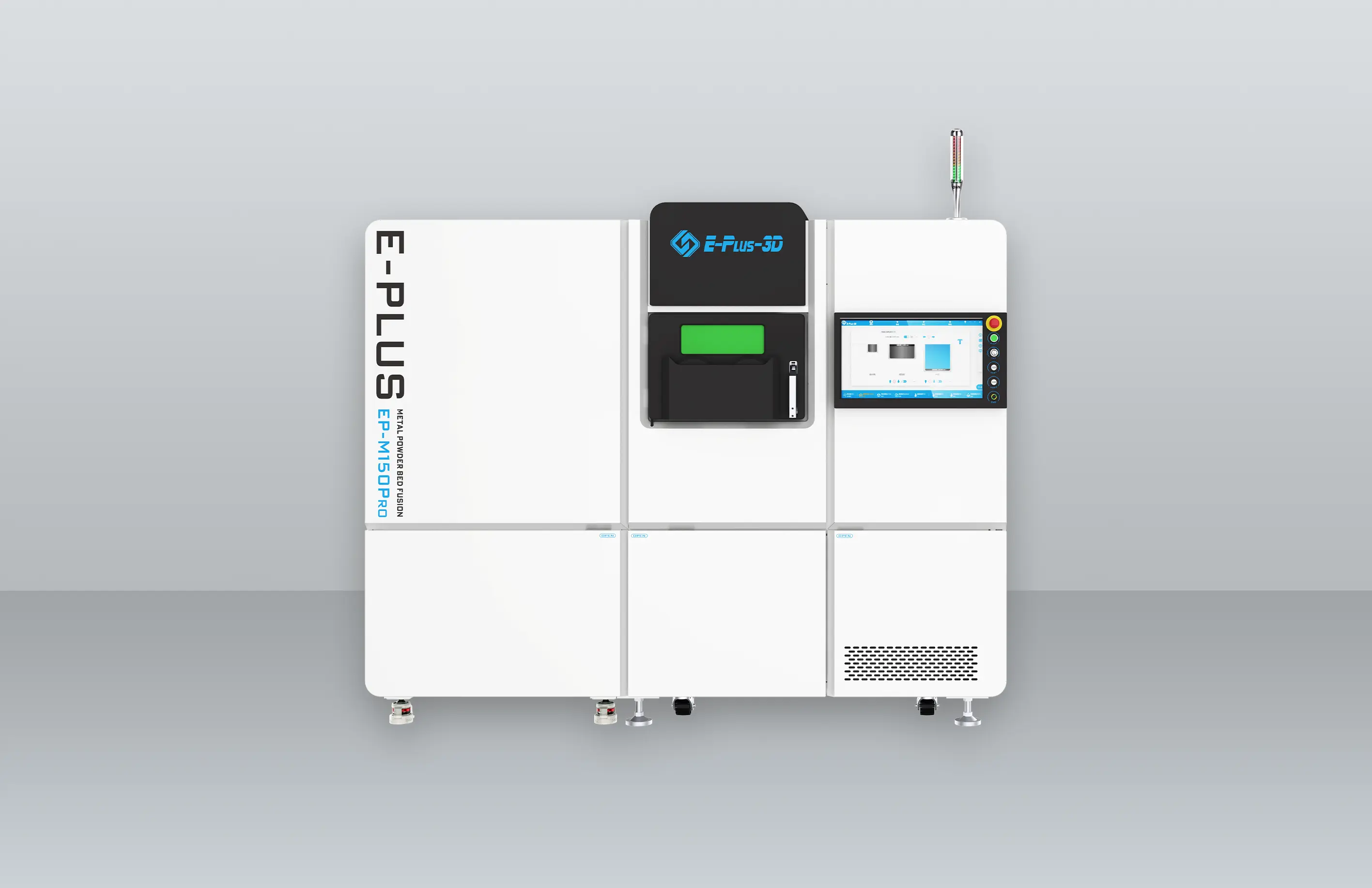In most cases, people always think that the parts finished when the 3D printing is completed. In fact, it is the first step. For most parts printed by the 3D printer, the surface is rough and the temporary support structure is still attached. That is why post-processing is required before putting into application. Here we will talk about different types ofpost-processing we need after printing to achieve the ideal state of application.
1. Cleaning up the residual powder
Since the printing sequence is printed layer by layer from bottom to top, that means when the printing is completed, the entire part is buried in the powder. It is necessary to wait until the parts and the substrate of the build chamber getting cooled, then take out the parts and all the powder in the parts needs to be sieved, filtered, recycled and reused.

2. Heat treatment
Since the parts are printed layer by layer, the powder will be heated and cooled layer by layer during the printing process, which will cause internal stress. Heat treatment must be performed to release these internal stresses to achieve the required mechanical properties of the printed parts. At the same time, heat treatment can improve the microstructure of printed parts, and remove contaminants such as oxide films on the surface ofthe parts. Check here for details: Heat Treatment Process For Metal 3D Printing Parts

3. Separation
After the heat treatment is completed, the parts and substrate needs to be separated. Usually we use a wire cutting machine for separation. Then use a hand tool to remove the support of the part.
4. Machine work
Some special parts need to be processed on the interface, surface and thread. Machining may also be required to improve surface treatment, reduce surface roughness, clean internal channels and remove some unmelted particles from parts.

Through above steps, the metal 3d-printed parts will be completed.
Of course, there are many other ways of post-processing, Eplus3D is happy to share various new technologies and applications of metal post-processing with you. Welcome to contact!





























